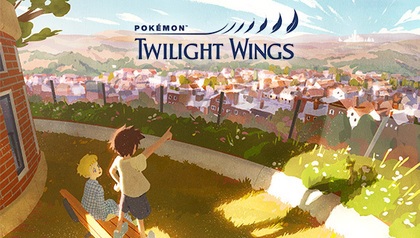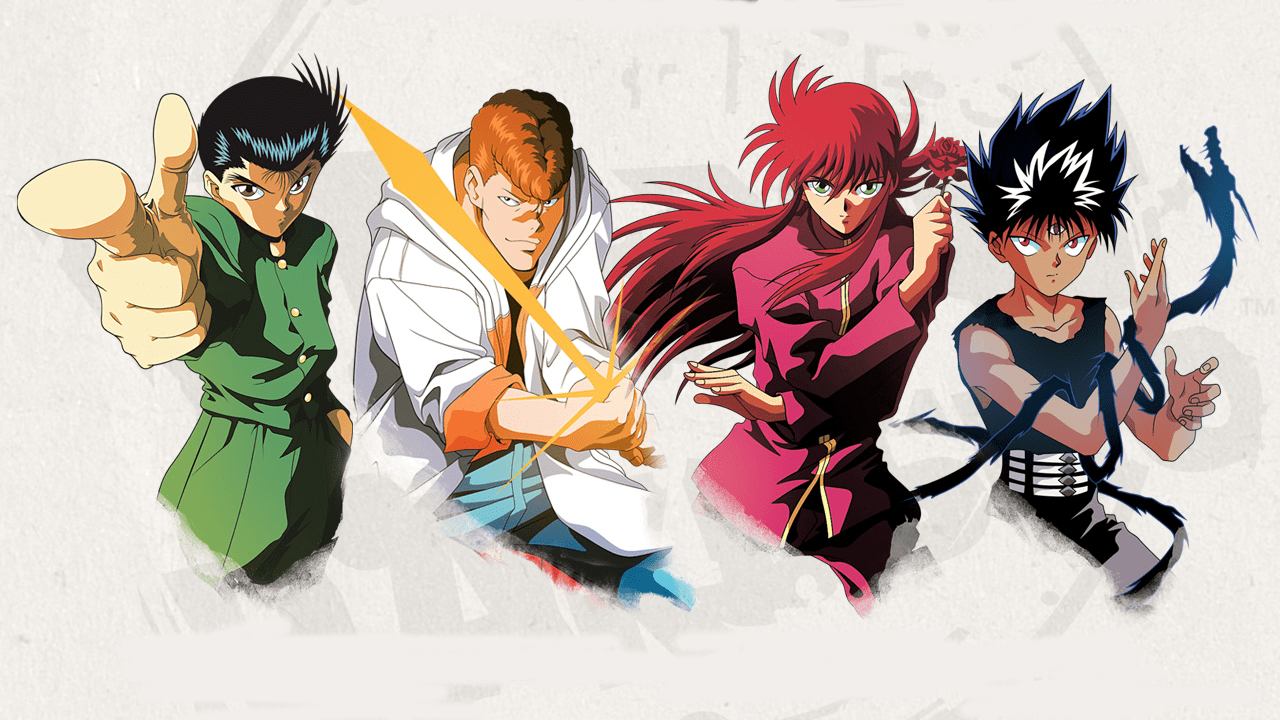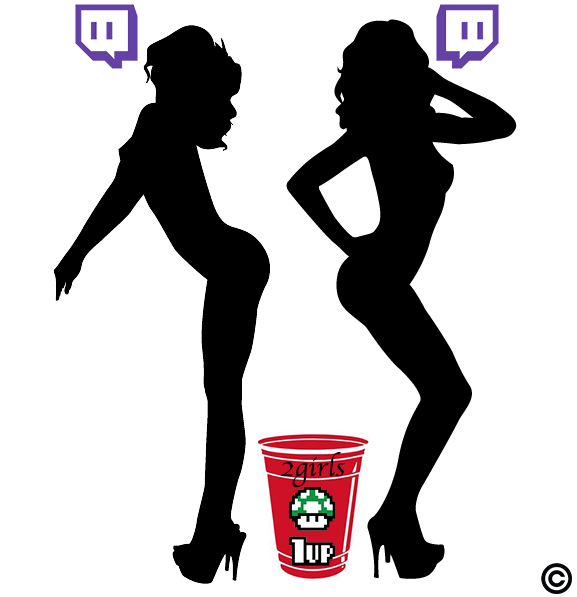Pooka's "Tl;Dr"
The Nintendo Switch Reveal (Impressions)
Let's get one thing out of the way, first: On its face, Nintendo's newest console entry is brilliant. Nintendo have apparently realized the corners of gaming that they continue to /actually/ dominate (local multiplayer and mobile gaming) and decided to combine the two into one seamless experience. And they've done this... by making the NVidia Shield.
No analysis of Nintendo's newest console reveal would be complete without a review of the state of the industry. This last E3 was an unimpressive mess of multiple companies epitomizing the meaning of the phrase "holding pattern". Not only did the games seem to blend together into one big Sandbox-ey, shootey mess, but the major console manufacturers even announced not-quite-next-gen entries into their upcoming lineup for winter 2016. All except Nintendo, that is, who were astoundingly tight-lipped about the whole affair. It has, in my humble opinion, created the perfect scenario for Nintendo to finally tip its hand. Now, in October, with the "hype" of E3 properly behind us, Nintendo could finally reveal its console without being caught up in the clash of Microsoft and Sony's latest slipshod attempts at. relocating your money from your own wallet into theirs. As it turns out, however, they needn't have worried.
With the reveal of the Nintendo Switch, Nintendo seems to be the only company actually looking to bring players a new experience. Nintendo's attempts to do so in the past by forcing motion and touch control gimmicks, as well as the ridiculous Wii U screen integration on players have a history of mixed reviews. The Nintendo Switch's innovation, however, seems to be moving in the RIGHT direction for once, providing a convenient, all-in-one embodiment of what console gaming is meant to deliver.
Essentially, the Nintendo Switch is a gaming tablet. It pairs with a home docking stations that charges and connects the device with your home television. When you leave home, you can attach the controller joystick and button modules onto the sides of the tablet, and just like that, it becomes a mobile gaming device, useable as a handheld, or as a separate gaming tablet and controller. The Switch supports local multiplayer in both console and mobile mode, the latter of which uses the two separate dongles as their own controllers for simpler game formats in split-screen multiplayer.
If this is starting to sound familiar to you, it's because it is: The NVidia shield tablet isn't just similar- it's clearly the architecture upon which the Switch was built. The Switch utilizes an updated version of NVidia's "Tegra" processor, which is the hardware NVidia used as the backbone of it's Shield devices, most recently, the "Shield Tablet K1"
No analysis of Nintendo's newest console reveal would be complete without a review of the state of the industry. This last E3 was an unimpressive mess of multiple companies epitomizing the meaning of the phrase "holding pattern". Not only did the games seem to blend together into one big Sandbox-ey, shootey mess, but the major console manufacturers even announced not-quite-next-gen entries into their upcoming lineup for winter 2016. All except Nintendo, that is, who were astoundingly tight-lipped about the whole affair. It has, in my humble opinion, created the perfect scenario for Nintendo to finally tip its hand. Now, in October, with the "hype" of E3 properly behind us, Nintendo could finally reveal its console without being caught up in the clash of Microsoft and Sony's latest slipshod attempts at. relocating your money from your own wallet into theirs. As it turns out, however, they needn't have worried.
With the reveal of the Nintendo Switch, Nintendo seems to be the only company actually looking to bring players a new experience. Nintendo's attempts to do so in the past by forcing motion and touch control gimmicks, as well as the ridiculous Wii U screen integration on players have a history of mixed reviews. The Nintendo Switch's innovation, however, seems to be moving in the RIGHT direction for once, providing a convenient, all-in-one embodiment of what console gaming is meant to deliver.
Essentially, the Nintendo Switch is a gaming tablet. It pairs with a home docking stations that charges and connects the device with your home television. When you leave home, you can attach the controller joystick and button modules onto the sides of the tablet, and just like that, it becomes a mobile gaming device, useable as a handheld, or as a separate gaming tablet and controller. The Switch supports local multiplayer in both console and mobile mode, the latter of which uses the two separate dongles as their own controllers for simpler game formats in split-screen multiplayer.
If this is starting to sound familiar to you, it's because it is: The NVidia shield tablet isn't just similar- it's clearly the architecture upon which the Switch was built. The Switch utilizes an updated version of NVidia's "Tegra" processor, which is the hardware NVidia used as the backbone of it's Shield devices, most recently, the "Shield Tablet K1"
Just look at that thing and tell me you're not getting just a BIT of deja' vu. Now, I'm not saying that Nintendo is repackaging the Shield tablet and selling it at a markup, I'm saying that the Nintendo is COMPLETING the Shield tablet and selling it at a markup. I'll explain:
Right now, the Shield line of gaming devices are a niche product, that already is getting forced out of the one place it actually had real value: In-home game streaming. I actually have a Shield device, from back when it was an integrated screen/controller all-in-one package that could also be connected to a TV and placed in "console mode" to stream its content to the larger screen. In-home streaming requires a 5G Wi-Fi router and a GeForce graphics card installd on your home gaming rig. Outside the home, you could access a large PC games library via the GeForce NOW paid streaming service, but since that requires a stable, fast internet connection, it's not exactly an option for gaming on the bus, train, or airplane. The Android platform, for all of its open-source glory, meant that the Shield's games library would lean on a mobile games industry that still hasn't quite expanded to take advantage of it. Half-Life 2, for what it's worth, WAS ported onto Android, along with several Telltale Games titles, but the reality simply isn't catching up to the potential quickly enough.Enter: Nintendo. Nintendo's been programming full games to fit onto SD cards since late 2004 saw the debut of the Nintendo DS, and with the massive advances in portable flash memory architecture, giving us unprecedented capacity (The SDXC format ranges in size from 32Gb up to 2 TERABYTES), why shouldn't Nintendo try implementing this approach to its main console offering? By finally giving the Tegra architecture some meaty software to play locally, Nintendo is finally giving us the fully integrated, convenient experience that the Shield initially set out to provide.
Nintendo's Switch seems to have recognized and learned from the mistakes it made with the Wii U, and in doing so, solved a few of their more stubborn problems. They no longer are splitting their audience, for example. The Nintendo of the future appears to /combine/ their mobile and console crowds, and that convenience and user-friendliness seems likely to convert into sales, and for the sake of the gaming industry, I hope it does. Changing your product in a way that makes it MORE user friendly, adds value, and reminds us all of why console gaming exists in the first place flies in the face of many of the more prevalent trends in the big-money gaming industry, and it deserves to be rewarded. I'm very excited to see how this project develops, and if it keeps heading in the direction that it seems to be, I think it's likely that I'll have one of these things sitting in my entertainment center shortly after launch.
That said, I would be remiss if I didn't mention a few things that I noticed in the reveal that have made me a little nervous regarding this otherwise promising little device:
The Price: Nintendo, as of this writing, has not yet released the Nintendo Switch's price point. The Shield Tablet K1, however, sold for $199 at launch. The proprietary controller (not included) would set you back an additional $59.99. What this means is that for the first time, we actually get to have a baseline for just how much a console manufacturer thinks its contributions are worth jacking up the price of its hardware. Do I expect the Nintendo Switch to retail at $260? Absolutely not. However, the massive reduction in development costs (by simply adapting an existing platform instead of designing one from scratch) might mean that Nintendo will be able to pass on the savings (and goodwill) to players, and make it the Switch an affordable, convenient alternative to the XBOX and PlayStation's current lineup. If they release the console for less than $350 (the Wii U's "Deluxe" price at launch), I'll feel vindicated. If they retail it for less than $300, you can book me a ticket on the Hype train. Of course, it could go the other way. Who knows? The Shadow knows.
The design: Anything I could say about whether or not Nintendo is going to weatherproof the Tablet, or use something similar to Motorola's "Shattershield" component screen for the Switch would be (hopeful) speculation at this point, but two things we know for sure are that Nintendo intends for this system to travel with us, and that this tablet is going to have its screen exposed 100% of the time. Nintendo handhelds have kept the hazards facing mobile gaming devices in mind since the Game Boy Advance SP, which had a flip-up screen that closed when not in use, protecting the screen from dings and scratches when not in use. The DS and 3DS both continued this trend, as did the first generation of NVidia Shield devices. I'm assuming they'll include (or, more likely, sell separately), some kind of sleeve or carrying case for the Switch, but it still strikes me as odd that two separate companies, both of which whom have done screen protection correctly in recent history, combined to develop a device that seems to throw all that common-sense design out the window.
All of that said, the reveal of the Nintendo Switch gives gamers a lot to be optimistic about. Nintendo is back to its roots, reminding us all about why they were the ones who saved the console gaming industry from annihilation in the 80's. Now, in 2016, with its main competitors in an oddly suicidal race to see who can make themselves into a manufacturer of obsolete computers the fastest (hmm... maybe that's why Apple's taking another stab at gaming, eh?), Nintendo is looking to pioneer the future of console gaming by merging it with its mobile components. A single device is set up to offer HD gaming on your screen at home, mobile gaming on the bus to your friend's house, and what looks to be Ad-Hoc LAN party style multiplayer gaming when you get there. The concept is BRILLIANT. Now let's just see if Nintendo can stick the landing.














